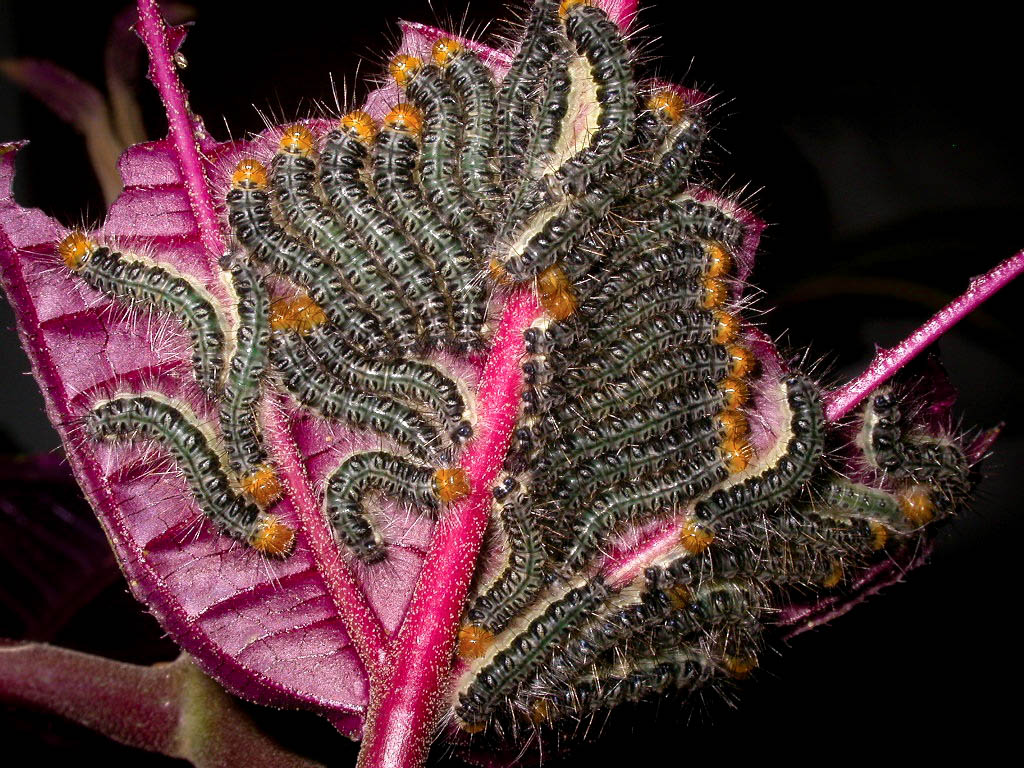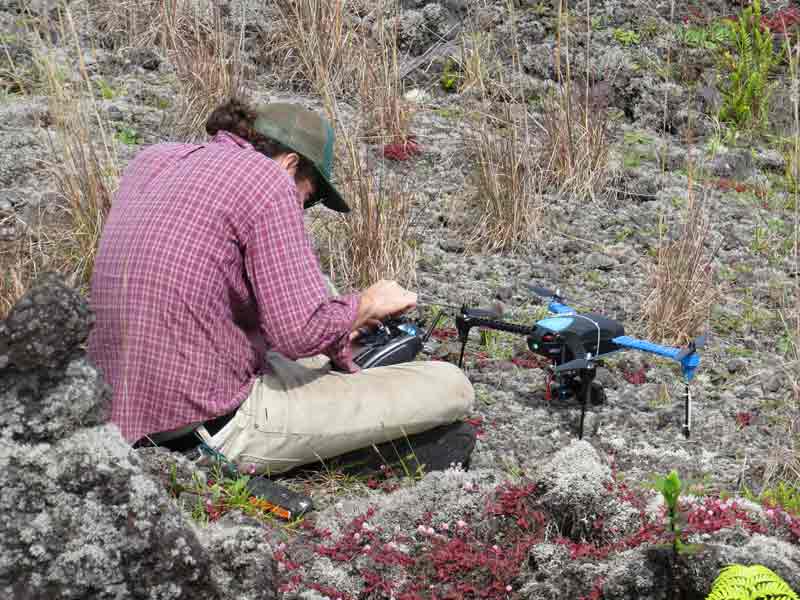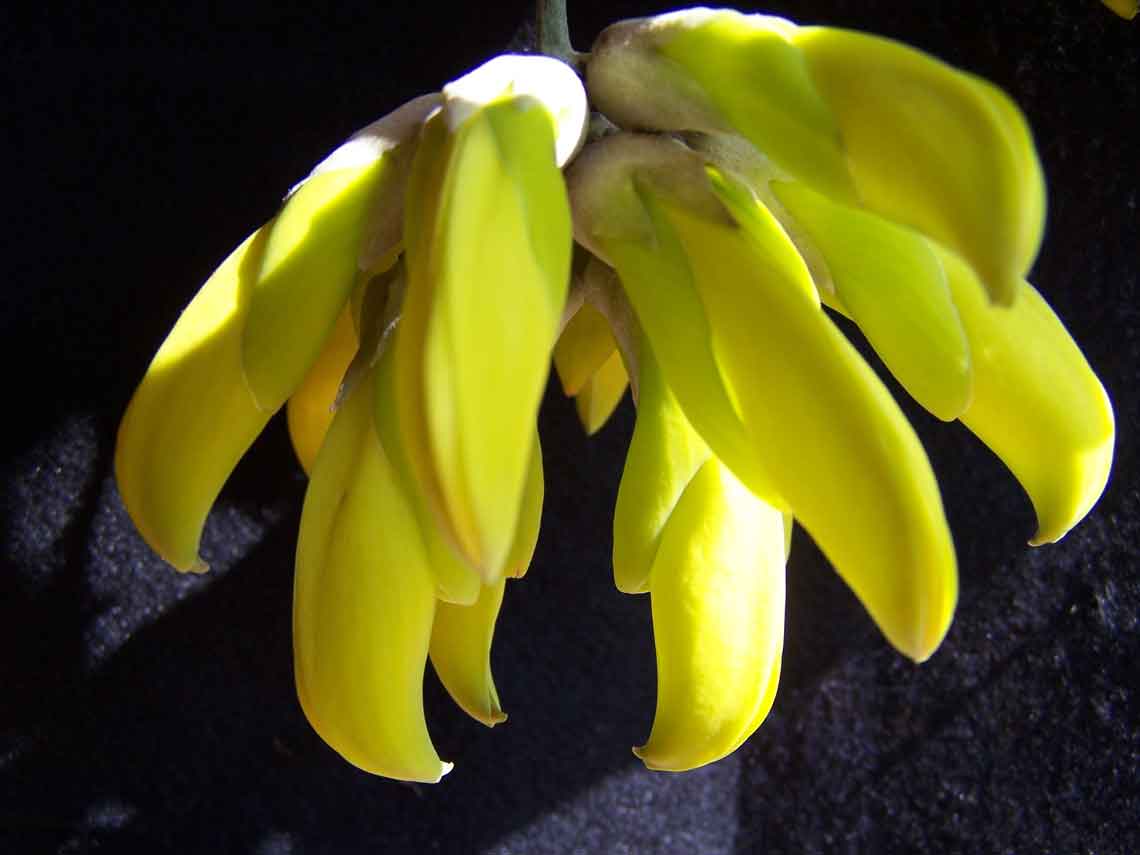A tiny butterfly could soon help conservation crews address miconia.
Miconia
Drones help field crews find invasive species
Your mission: find a few invasive silk oak trees scattered across a 35,000-acre ancient cinder cone that resembles a bundt…
Read More
A Haʻiku gulch full of suprises
“Anything that bristly has got to be invasive,” said the Haʻiku resident who reported a vine that she found in…
Read More
Invasive plants=Less water
When rain falls from the sky by the bucket-load it can be tempting to take water for granted, but the…
Read More
Miconia
(Miconia calvescens) Family: Melastomataceae Considered very invasive and is on the Hawaii State Noxious Weed List. The Division of Forestry…
Read More



